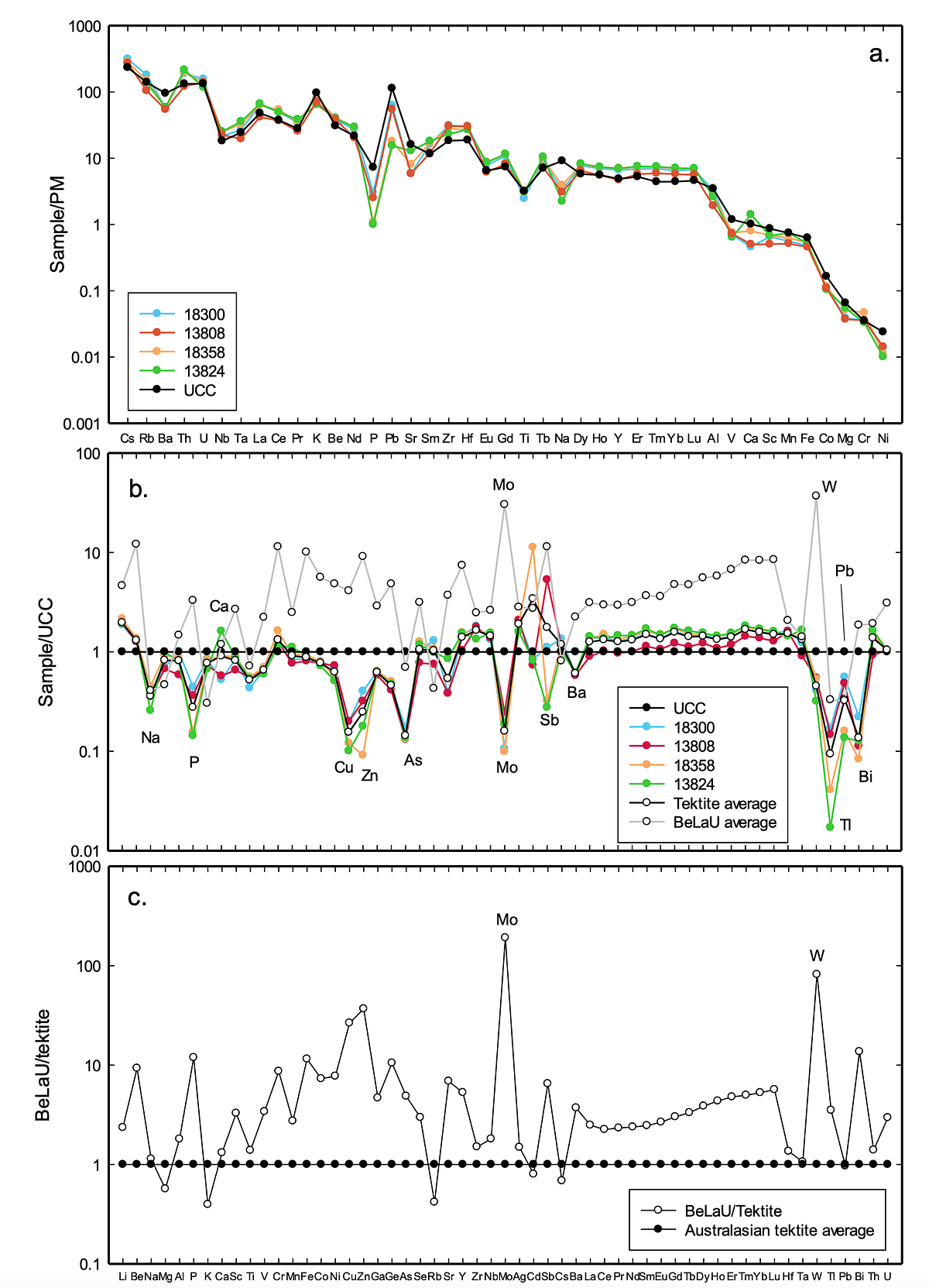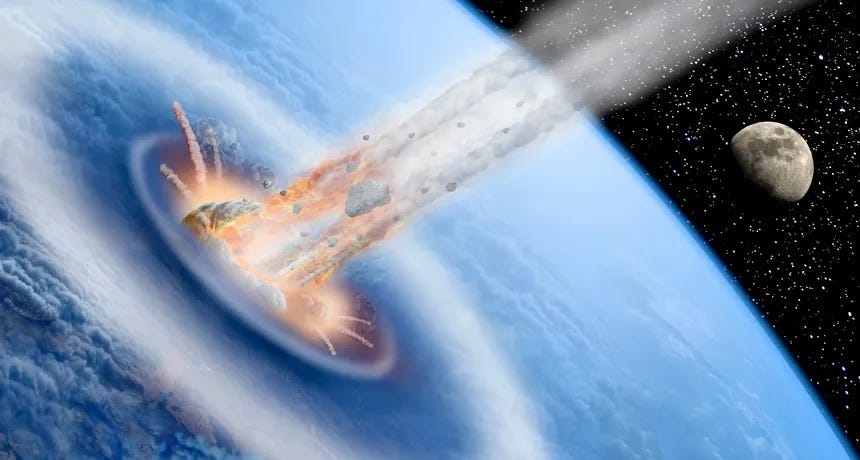Press enter or click to view image in full size Residuals in sky coordinates (Right Ascension [RA] and Declination [Dec]) of 3I/ATLAS relative to a gravity-based trajectory between May 15 and September 15, 2025. Averages and uncertainties are shown for 4,022 observations from 227 observatories worldwide, which were binned in time. The residuals are consistent with zero between May 15 …
Read More »Tag Archives: Loeb
The Interstellar Path to Prosperity | by Avi Loeb | Sep, 2025
Press enter or click to view image in full size (Credit: anash.org) My day started with an uplifting message from the brilliant Professor Smadar Naoz who was an Einstein Postdoctoral Fellow in my research group and currently holds the Preston Chair in Astrophysics at UCLA: “Dear Avi, Shanna Tova to you and your loved ones. May this be a year …
Read More »The New Comet SWAN (C/2025 R2) Originated from a Different Direction Than 3I/ATLAS | by Avi Loeb | Sep, 2025
Press enter or click to view image in full size Color and brightness images of the new bright comet C/2025 R2 (SWAN) from the iTelescope.net T59 (0.51-m f/6.8 reflector + CCD) located at the Siding Spring Observatory, Australia. (Credit: Filipp Romanov) The SWAN instrument onboard the Solar and Heliospheric Observatory (SOHO) spacecraft revealed on September 11, 2025 the presence of …
Read More »Is the Nucleus of 3I/ATLAS 15 kilometers in diameter? | by Avi Loeb | Sep, 2025
Press enter or click to view image in full size Data from the Zwicky Transient Facility (ZTF) camera for the evolution in the reflecting area of 3I/ATLAS as a function of time, relative to a model in which the nucleus of 3I/ATLAS is 5.6 kilometers in diameter. An early phase — marked “plateau”, precedes a late phase — marked “uniform …
Read More »BeLaU Spherules from an Interstellar Meteor Site in the Pacific Ocean are Not Common Terrestrial Materials | by Avi Loeb | Sep, 2025
Press enter or click to view image in full size Detailed laboratory results for the abundances of elements listed on the horizontal axis. The top panel (a) shows the element composition of four Australasian tektites compared to the upper continental crust (UCC) of Earth. The middle panel (b) compares the elemental patterns of the four tektite samples (red, green, blue, …
Read More »The Sunward Glow in the Hubble Image of 3I/ATLAS is Ten Times Longer Than It is Wide | by Avi Loeb | Sep, 2025
Press enter or click to view image in full size Hubble Space Telescope image of the interstellar object 3I/ATLAS on July 21, 2025. The brightness contours feature an elongation of scattered sunlight towards the Sun and not away from it as previously observed for solar system comets. The yellow and green arrows mark, respectively, the projected negative heliocentric velocity vector …
Read More »3I/ATLAS is Turning Green. Until recently, all spectroscopic… | by Avi Loeb | Sep, 2025
Press enter or click to view image in full size Deep imaging of the glow around 3I/ATLAS on September 7, 2025 displays a green color. (Credit: M. Jäger and Gerlad Rhemann) Until recently, all spectroscopic studies of 3I/ATLAS indicated a reddish color. The latest image of 3I/ATLAS from September 7, 2025 (reported by Michael Jäger and Gerald Rhemann here), suggests …
Read More »Quantitative Mapping of the Loeb Scale | by Avi Loeb | Sep, 2025
Press enter or click to view image in full size (Credit: PUNCHAN/ISTOCKPHOTO) A new paper (accessible here) that I co-authored with the brilliant graduate student at Vanderbilt University, Oem Trivedi, provides a framework for quantifying the Loeb Scale in the classification of interstellar objects as natural or technological. The recent astronomical discovery of a third interstellar object, 3I/ATLAS, following 1I/‘Oumuamua …
Read More »How to Distinguish a Population of Interstellar Rocks from a Fleet of Spacecraft? | by Avi Loeb | Sep, 2025
(Credit: shutterstock) How can we distinguish between the population statistics of interstellar rocks and a fleet of spacecraft that target that inner Solar system? The answer is obvious: by the spatial distribution of their trajectories relative to the Sun. Whereas rocks arrive on random trajectories initiated near their parent stars, spacecraft aiming to probe the habitable zone around the Sun …
Read More »Bigger is Better for Interstellar Spacecraft | by Avi Loeb | Sep, 2025
Press enter or click to view image in full size (Credit: Adrian Mann) All spacecraft ever built by humans are smaller than 100 meters, the scale of a football field. They were all designed to explore the solar system and maintain their technological functions for less than a century. However, exploration of interstellar space requires long journeys, lasting millions to …
Read More »








